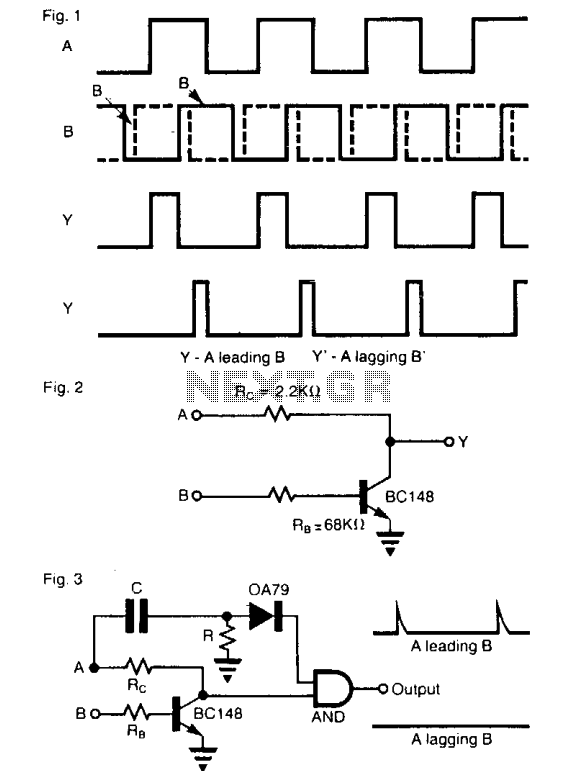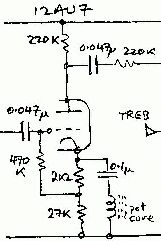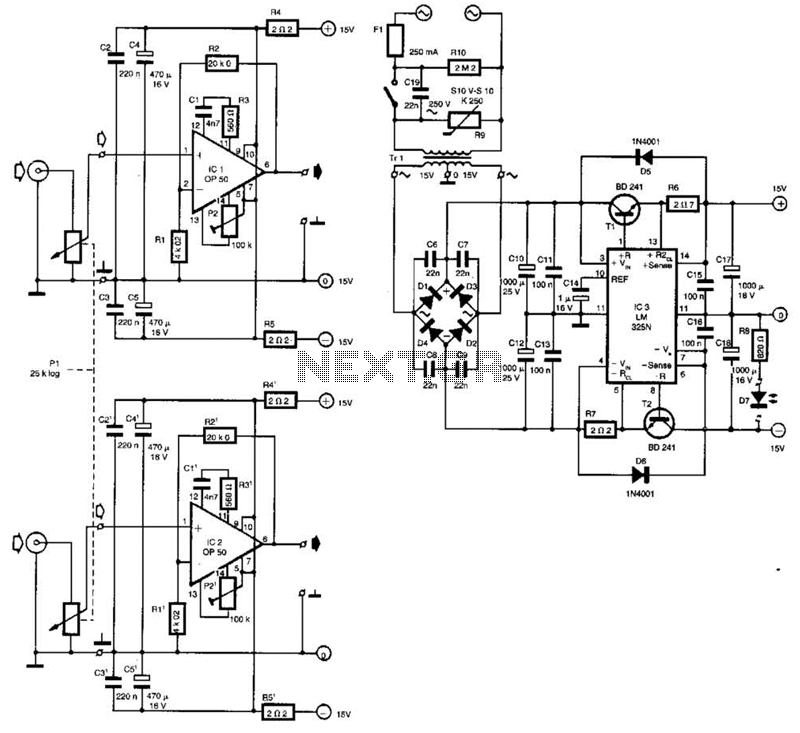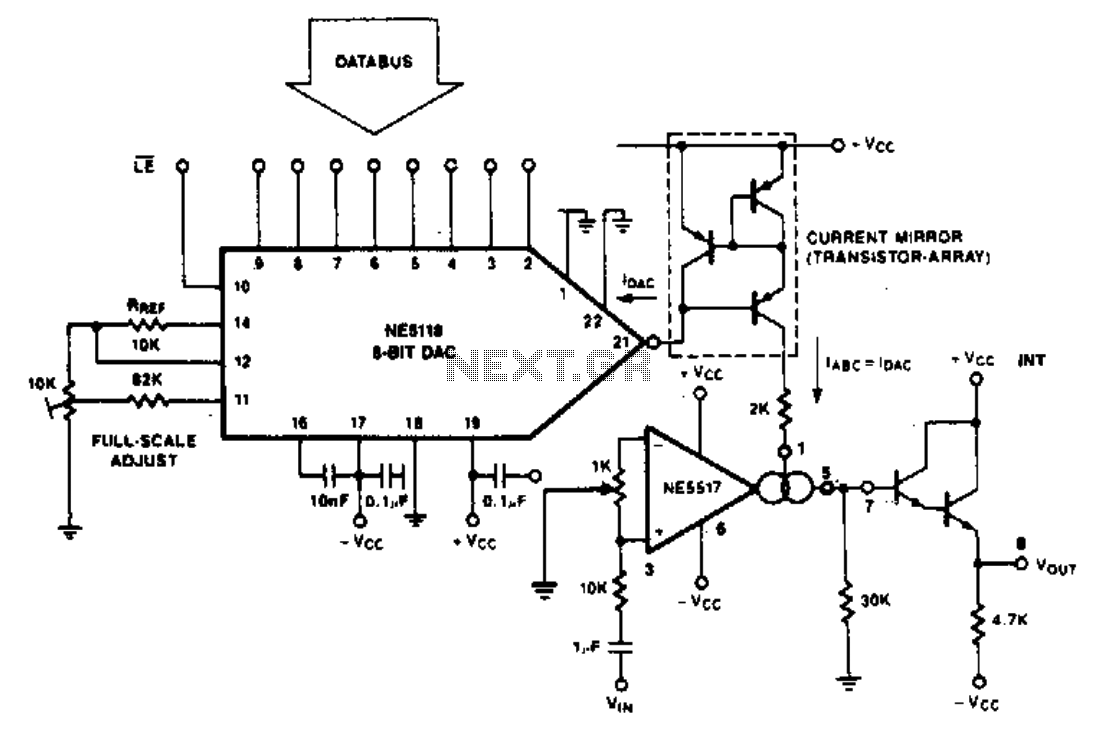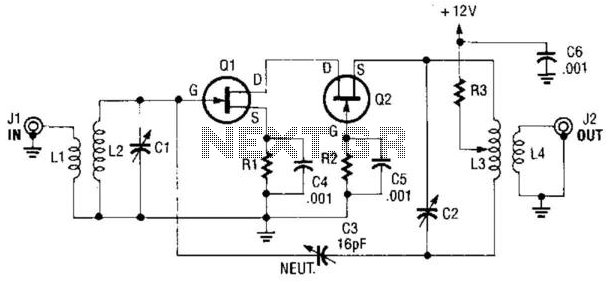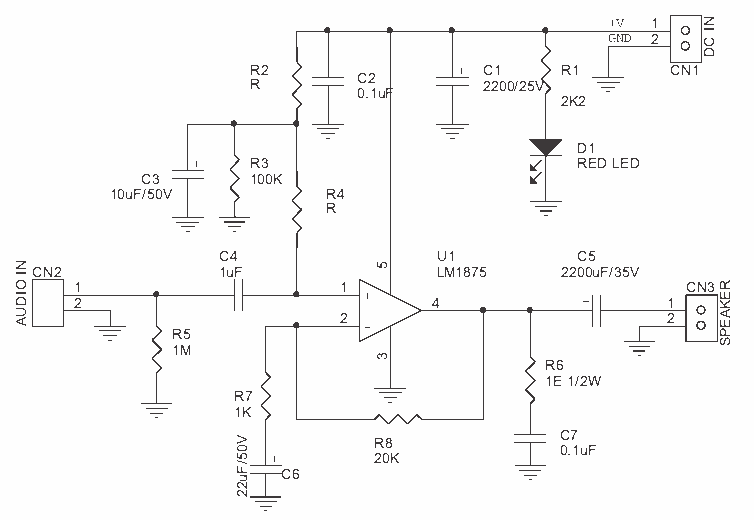
Common emitter amplifier input and output signals of the phase relationship

The common emitter amplifier circuit exhibits a specific phase relationship between its input and output signals. This configuration is widely utilized in various electronic devices primarily for its high voltage gain. However, the output impedance is higher than the input impedance, resulting in a low load capacity ratio, which limits its ability to directly drive low impedance speaker loads.
The common emitter amplifier is a fundamental building block in analog electronics, providing significant voltage amplification. The circuit typically consists of a bipolar junction transistor (BJT) configured to amplify the input signal applied at its base terminal. The output is taken from the collector terminal, which is inverted in phase relative to the input signal. This phase inversion is a key characteristic of the common emitter configuration, making it suitable for applications where signal inversion is required.
In terms of operation, when a small AC signal is applied to the base of the transistor, it modulates the base current, which in turn controls the larger collector current. This results in an amplified output voltage across the collector-emitter junction. The gain of the amplifier is determined by the ratio of the collector resistor to the emitter resistor, along with the transistor's characteristics. The common emitter amplifier typically achieves a voltage gain greater than one, often in the range of 10 to 100 or higher, depending on the specific circuit design and component values.
However, the common emitter amplifier's high output impedance presents challenges when interfacing with low impedance loads, such as speakers. The amplifier's inability to drive these loads directly necessitates the use of additional circuitry, such as a buffer stage or a power amplifier, to match the impedance and ensure efficient power transfer.
In summary, the common emitter amplifier is an essential component in signal processing, offering high voltage gain and phase inversion, but it requires careful consideration of output impedance when interfacing with load devices. Common emitter amplifier input and output signals of the phase relationship Common emitter amplifier circuit phase relationship of the input and output signals, as shown in FIG . (2) common emitter amplifier circuit basic functions by a common emitter amplifier circuits common-emitter transistor amplifier is often used as a voltage amplifier, in a wide variety of electronic devices which use. Its most prominent feature is a high voltage gain. Since the output impedance is higher than your daughter, so this voltage amplifier with a load capacity ratio is low, it can not directly drive a low impedance speaker loads.
The common emitter amplifier is a fundamental building block in analog electronics, providing significant voltage amplification. The circuit typically consists of a bipolar junction transistor (BJT) configured to amplify the input signal applied at its base terminal. The output is taken from the collector terminal, which is inverted in phase relative to the input signal. This phase inversion is a key characteristic of the common emitter configuration, making it suitable for applications where signal inversion is required.
In terms of operation, when a small AC signal is applied to the base of the transistor, it modulates the base current, which in turn controls the larger collector current. This results in an amplified output voltage across the collector-emitter junction. The gain of the amplifier is determined by the ratio of the collector resistor to the emitter resistor, along with the transistor's characteristics. The common emitter amplifier typically achieves a voltage gain greater than one, often in the range of 10 to 100 or higher, depending on the specific circuit design and component values.
However, the common emitter amplifier's high output impedance presents challenges when interfacing with low impedance loads, such as speakers. The amplifier's inability to drive these loads directly necessitates the use of additional circuitry, such as a buffer stage or a power amplifier, to match the impedance and ensure efficient power transfer.
In summary, the common emitter amplifier is an essential component in signal processing, offering high voltage gain and phase inversion, but it requires careful consideration of output impedance when interfacing with load devices. Common emitter amplifier input and output signals of the phase relationship Common emitter amplifier circuit phase relationship of the input and output signals, as shown in FIG . (2) common emitter amplifier circuit basic functions by a common emitter amplifier circuits common-emitter transistor amplifier is often used as a voltage amplifier, in a wide variety of electronic devices which use. Its most prominent feature is a high voltage gain. Since the output impedance is higher than your daughter, so this voltage amplifier with a load capacity ratio is low, it can not directly drive a low impedance speaker loads.
Warning: include(partials/cookie-banner.php): Failed to open stream: Permission denied in /var/www/html/nextgr/view-circuit.php on line 713
Warning: include(): Failed opening 'partials/cookie-banner.php' for inclusion (include_path='.:/usr/share/php') in /var/www/html/nextgr/view-circuit.php on line 713
